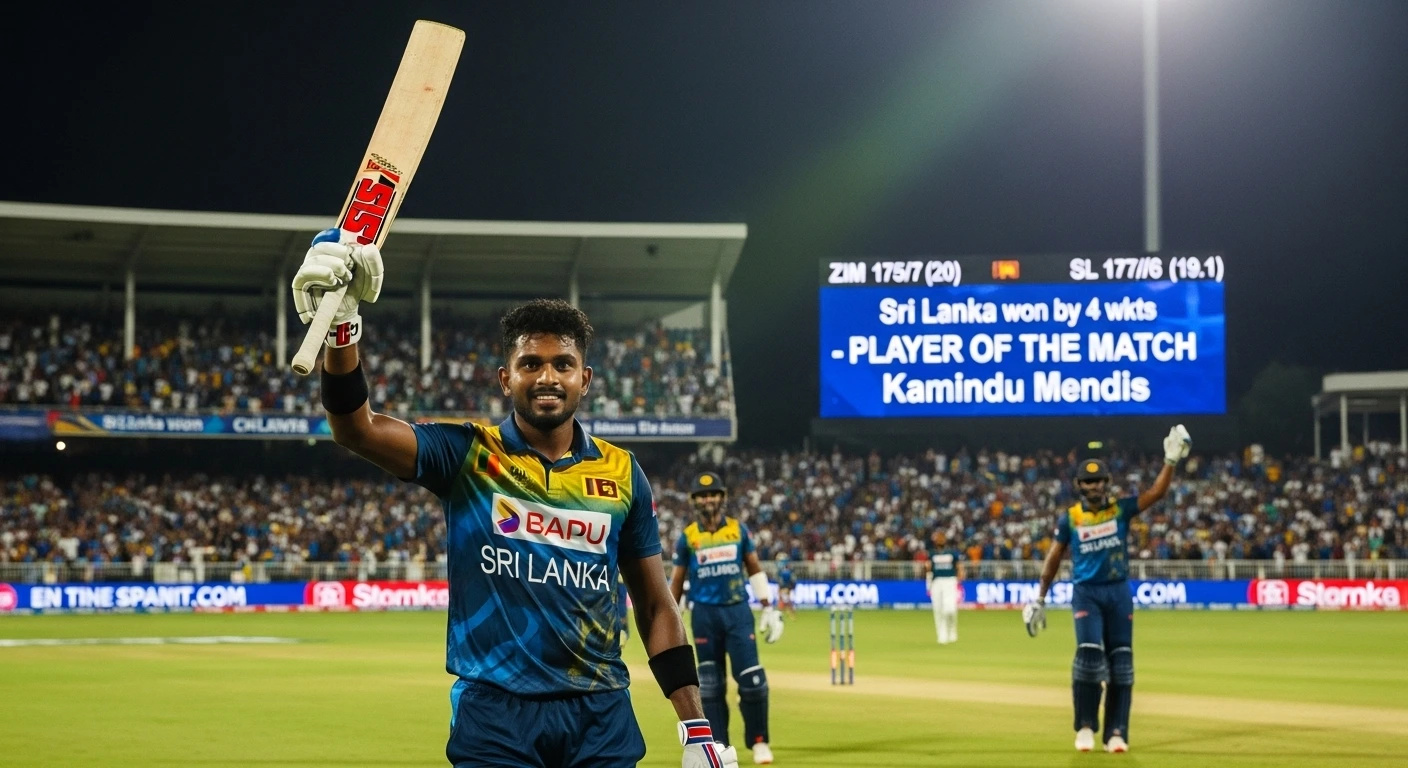Cricket, a sport often celebrated for its strategic depth and captivating narratives, has witnessed numerous memorable encounters throughout its storied history. Among these, one particular match stands out. It is not solely for the intensity of the contest but rather for its sheer, unprecedented duration. This blog post will explore the details of this remarkable event. We will examine the factors that contributed to its extraordinary length. Furthermore, we will analyze the circumstances that ultimately brought this timeless battle to a close. Longest Cricket Test.
Table of Contents
A Test of Endurance: England Versus South Africa, 1939
The annals of cricket history record the longest Test match ever played as the fifth and final encounter of England’s tour of South Africa in 1939. This epic contest unfolded at Kingsmead in Durban. It commenced on March 3rd and stretched across an astounding period, finally concluding on March 14th. In total, the match spanned a remarkable ten days of actual play. This figure excludes a rest day observed during the proceedings. This prolonged duration firmly etches this particular game into the sport’s folklore.
Asia Cup 2025: Unveiling the Start Date, Host Nation, and Tournament Format
The “Timeless Test”: A Format Without Boundaries
The 1939 Durban Test was unique in its format. It was designated as a “Timeless Test.” This meant that, unlike modern Test matches with their five-day limit, this game had no predetermined end. The intention was for the match to continue until a definitive result was achieved, regardless of the time taken. This concept, while seemingly allowing for a true victor to emerge, ultimately contributed to the match’s unprecedented length and its eventual inconclusive finish.
Factors Contributing to the Extended Duration
Several elements conspired to prolong this Test match to its extraordinary length. Firstly, the very nature of a “Timeless Test” removed any constraints imposed by a scheduled number of days. This allowed innings to unfold at their own pace. Secondly, the pitch at Kingsmead was reported to be exceptionally batsman-friendly. It offered minimal assistance to the bowlers. Consequently, batsmen were able to accumulate substantial scores, extending the innings of both teams considerably.
Furthermore, the weather conditions also played a role. The hot and dry South African climate during that period proved taxing on the bowlers. This diminished their effectiveness and further contributed to the batsmen’s dominance. As a result, all four innings of the match witnessed significant run-scoring. South Africa posted 530 in their first innings and followed it up with 481 in their second. England responded with 316 in their first innings and reached a formidable 654 for 5 in their second innings while chasing a target of 696.
Cricket Diplomacy in Crisis: India’s Potential Withdrawal from Asia Cup 2025
An Unforeseen Conclusion: Time Runs Out for England
Despite the match being designed to continue until a result, an external factor ultimately brought the proceedings to a halt. The England team had a non-negotiable deadline. Their ship back to England was scheduled to depart from Cape Town. With the match already extending into its tenth day of play and England still requiring 42 runs with five wickets in hand, the inevitable decision was made. The match was declared a draw.
The irony of a “Timeless Test” being abandoned due to a fixed departure schedule is a significant part of this match’s enduring legacy. It highlights the logistical challenges of international travel in that era. It also underscores how external factors can sometimes override even the purest sporting intentions.
The Legacy of the Longest Test: A Turning Point
The 1939 “Timeless Test” had a profound impact on the future of Test cricket. The sheer length of the match, while producing a thrilling encounter, also raised concerns about practicality and the strain on players and schedules. Consequently, cricket authorities reconsidered the “Timeless Test” format. This ultimately led to the adoption of time-bound Test matches, which became the standard format we know today. The five-day Test match structure evolved, in part, as a direct response to the extraordinary events in Durban.
The match remains a fascinating anomaly in cricket history. It serves as a testament to the endurance and resilience of cricketers in a bygone era. Moreover, it highlights a pivotal moment in the evolution of the game’s regulations. While the match ended without a victor, its impact on how Test cricket is played is undeniable. The “Timeless Test” of 1939 continues to be a subject of discussion and a remarkable tale in the rich tapestry of cricket lore.
Score Card
South Africa:
- 1st Innings: 530 (P. van der Bijl 125, D. Nourse 103; R. Perks 5-100)
- 2nd Innings: 481 (A. Melville 103, P. van der Bijl 97; K. Farnes 4-74)
England:
- 1st Innings: 316 (L. Ames 84, E. Paynter 62; E. Dalton 4-59)
- 2nd Innings: 654/5 (W. Edrich 219, W. Hammond 140, P. Gibb 120, E. Paynter 75, L. Hutton 55) – Match Drawn
Key Points:
- Venue: Kingsmead, Durban
- Dates: March 3 – March 14, 1939
- The match was a “Timeless Test,” meant to be played to a finish.
- It lasted for 10 days of play (with a rest day).
- The match was drawn by agreement as the England team had to leave to catch their ship home.
- England was chasing a target of 696 and was in a strong position to win when the match was called off.



